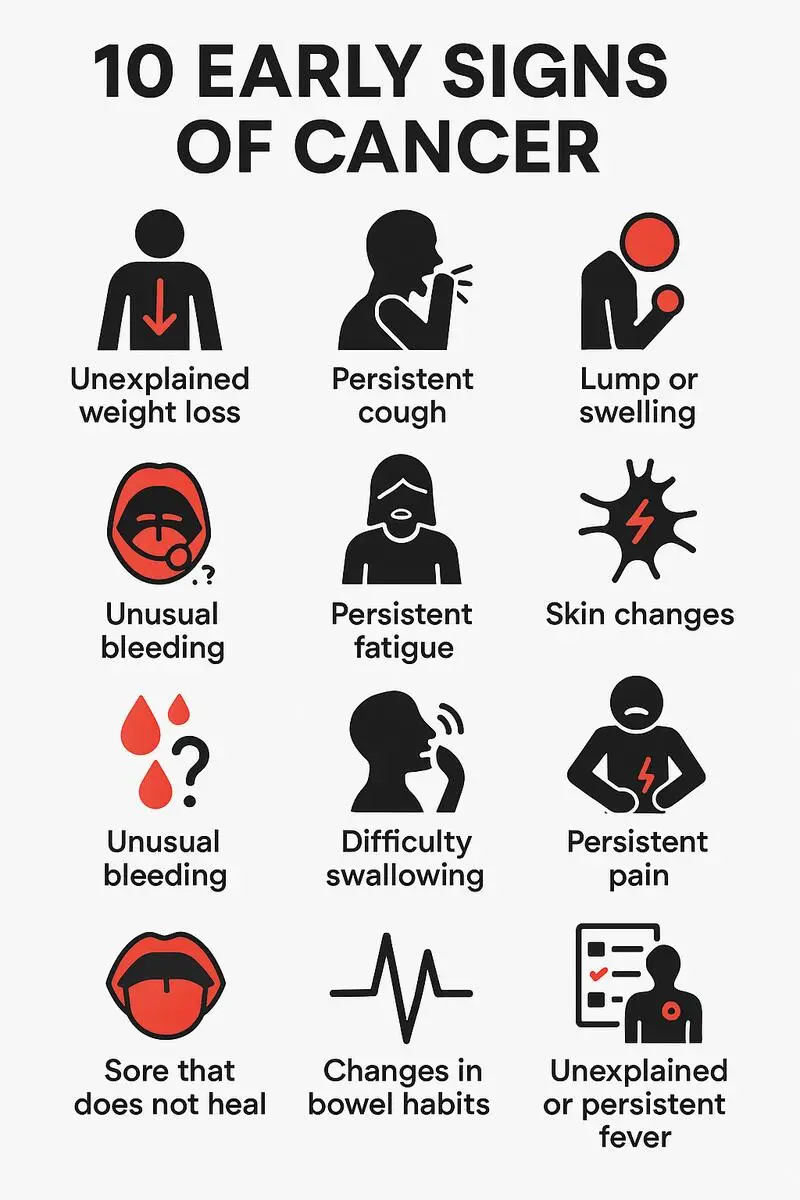- Published on: May 04, 2022
- 3 minute read
- By: Second Medic Expert
Tonsillitis Causes, Symptoms, Diagnosis & Treatment
Tonsillitis is an inflammation of the tonsils. The tonsils are a pair of soft, fleshy masses located on either side of the throat in the back of the mouth. Tonsillitis is a common infection that mainly affects children, but it can occur at any age. Tonsillitis is most often caused by a viral infection, but it can also be caused by a bacterial infection or by allergens.
Tonsillitis causes a sore throat, pain when swallowing, and swollen tonsils. It is often accompanied by a fever and other cold or flu symptoms. Tonsillitis is typically diagnosed based on symptoms and physical examination findings. Tonsillitis is an infection of the tonsils, which are located in the back of your throat. The infection can cause swelling and inflammation of the tonsils, as well as a sore throat, fever, headache, and body aches.
The most common cause of tonsillitis is Streptococcus pyogenes bacteria. Tonsillitis can also be caused by other types of bacteria, viruses (such as Epstein-Barr virus or adenovirus), or fungus.Tonsillitis is usually treated with antibiotics if it is caused by a bacterial infection. Viral tonsillitis will often clear up on its own within a week or two.
Tonsillitis is a viral or bacterial infection of the tonsils. The tonsils are located on either side of the throat and are part of the immune system. They help fight infection and bacteria. Tonsillitis is a very common illness and can cause pain, difficulty swallowing, swollen tonsils, fever, and headache. The most common cause of tonsillitis is a virus. Viral tonsillitis often occurs after a cold or the flu. Bacterial tonsillitis is less common but can occur if an upper respiratory infection does not clear up properly. Tonsillitis may also be caused by allergies, smoking, or overuse of alcohol or drugs.Tonsillitis is an infection of the tonsils, which are lumps of tissue at the back of your throat.
The main symptoms are a sore throat, swollen tonsils, difficulty swallowing, and a high temperature (fever). In children, there may also be white spots on the tonsils. Tonsillitis is most commonly caused by a virus, but can also be caused by bacteria. It can often be treated at home with rest, fluids, and painkillers such as ibuprofen or paracetamol. However, in some cases, it may need antibiotics to clear the infection.
Tonsillitis is an infection of the tonsils. The tonsils are a pair of small, bean-shaped organs located at the back of the throat. Tonsillitis is most often caused by Streptococcus, a type of bacteria. Symptoms of tonsillitis include a sore throat, fever, swollen glands in the neck, and difficulty swallowing. Tonsillitis can be treated with antibiotics if it is caused by bacteria. If the infection is caused by a virus, antibiotics will not help and the infection will have to run its course
Tonsillitis is is usually caused by a virus, but it can also be caused by bacteria. Symptoms include a sore throat, swollen tonsils, pain when swallowing, and a fever. Tonsillitis is treated with antibiotics if it is caused by bacteria, and with over-the-counter medications such as ibuprofen or acetaminophen for pain relief. If you have tonsillitis, you should drink plenty of fluids and get plenty of rest. You should also avoid smoking and drinking alcohol.
Tonsillitis is a common infection, especially in children. The tonsils are located on each side of the throat, in the back. Tonsillitis may cause a sore throat, fever, swollen lymph nodes in the neck, and headache. Treatment for tonsillitis depends on the cause. Most cases of tonsillitis are caused by viruses and do not require antibiotics. Antibiotics are usually recommended for cases that are caused by bacteria. Treatment may also include rest, fluids, pain relief measures such as throat lozenges or spray, and salt water gargles. The tonsils are a pair of lymph nodes located in the back of the throat. Tonsillitis is most often caused by a viral infection, but it can also be caused by a bacterial infection or by strep throat.
Symptoms of tonsillitis include sore throat, difficulty swallowing, fever, swollen tonsils, and white patches on the tonsils. Tonsillitis is diagnosed based on symptoms and by culturing a throat swab to determine if there is a bacterial or viral infection. Treatment for tonsillitis depends on the cause of the infection. Most cases of viral tonsillitis will resolve without treatment within a week or two.
The tonsils are part of the body's immune system and help to fight infection. They may become infected when a person is exposed to a virus or bacteria. Symptoms of tonsillitis include sore throat, red and swollen tonsils, difficulty swallowing, headache, fever, and general feeling of being unwell. Tonsillitis is usually treated with antibiotics. Surgery may be needed if the infection does not improve with antibiotics or if it recurs often. The tonsils are a part of your immune system and help fight infection. Tonsillitis is most often caused by a virus, such as the Epstein-Barr virus (EBV), or by bacteria, such as Streptococcus pyogenes. It can also be caused by a fungus.
Our Services
Request A Callback
Recent Posts
How to Prevent Food Poisoning in Monsoon
Jul 10,2025
CRP Test Meaning and When to Do It
Jul 07,2025
Simple Habits to Avoid High Cholesterol
Jul 05,2025










